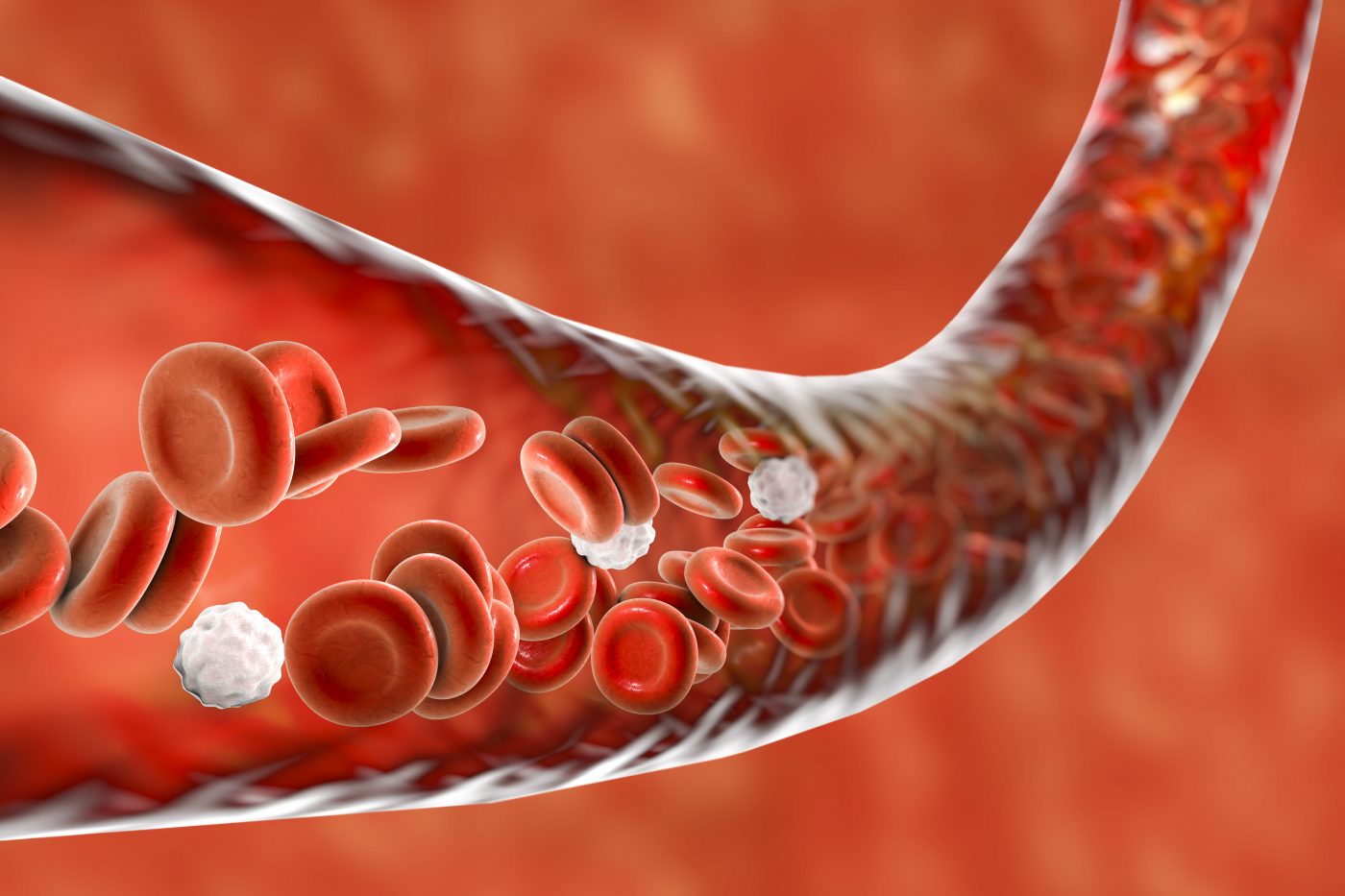Anemia and Low Lymphocyte Numbers Are Most Common Blood Disorders in Lupus Patients, Study Finds

Low levels of red blood cells (anemia) and lymphocytes, a type of white blood cell, are the most frequent hematological disorders in patients with systemic lupus erythematosus (SLE), according to a new Turkish study.
The study, “Detailed features of hematological involvement and medication-induced cytopenia in systemic lupus erythematosus patients: single center results of 221 patients,” was published in the European Journal of Rheumatology.
The research was led by Hava Uskudar Teke, from the Division of Rheumatology, Department of Internal Medicine at Eskişehir Osmangazi University in Eskişehir, Turkey.
In most SLE patients, blood-related disorders, including cytopenia (a reduction in the number of blood cells), may be present at the time of diagnosis or develop over the course of the disease. These hematological disorders may be caused by the disease or be medication-related.
Now, scientists assessed the incidence and causes of cytopenia and associated factors at diagnosis or during a follow-up of a cohort of 221 SLE patients, of whom 211 were women. The follow-up period ranged between 1998 and 2015.
Cytopenia was observed in 184 patients (83.3%) at diagnosis. Anemia was detected in 124 (56.1%) patients, leukopenia (decreased white blood cells) in 64 (28.9%), lymphopenia (reduced lymphocytes) in 168 (76%), neutropenia (decreased neutrophils) in 10 patients (4.5%), and thrombocytopenia (low levels of platelets) in 38 patients (17.2%).
The proportion of patients with cumulative cytopenia (including development during the follow-up period) was 90% (199 patients). Cumulative cytopenia was disease-related in 166 patients (83.4%) and medication-related in 33 (16.6%).
In disease-related cytopenia, combinations of corticosteroids with either Imuran (azathioprine) or Cytoxan (cyclophosphamide) were the most used and effective. Imuran was also the most commonly prescribed medication in patients with drug-induced cytopenia.
In patients with cytopenia at the time of diagnosis, erythrocyte sedimentation rates (a test of inflammation) were higher, and C3 and C4 hypocomplementemia (an indicator of immunodeficiency and susceptibility to infections, associated with SLE) were more prevalent.
Also, many of these patients tested positive for antibodies against ds-DNA, a test to diagnose SLE.
Patients with cytopenia at the time of their SLE diagnosis also showed greater photosensitivity, renal involvement, and antiphospholipid syndrome (APS, a condition associated with an increased risk of blood clots).
Of note, the results also revealed no correlation between hematological alterations and other organ involvement, which is contrary to other studies in the literature.
In conclusion, “the most common hematological disorders in SLE patients are lymphopenia and anemia, and patients must be further examined for APS and renal involvement if they suffer cytopenia,” the team wrote.






